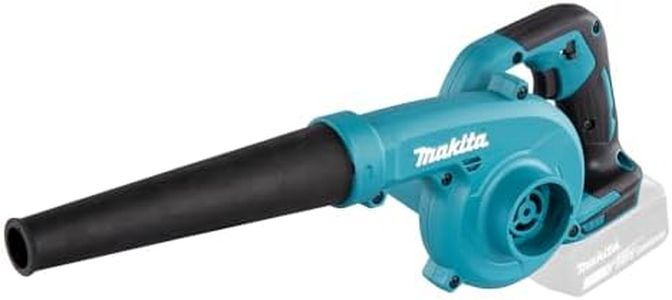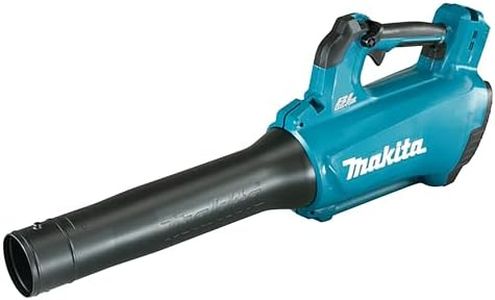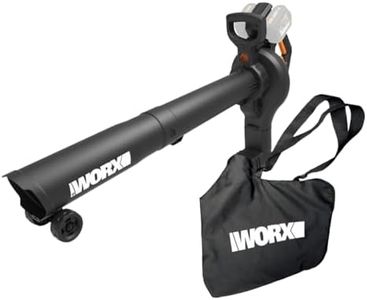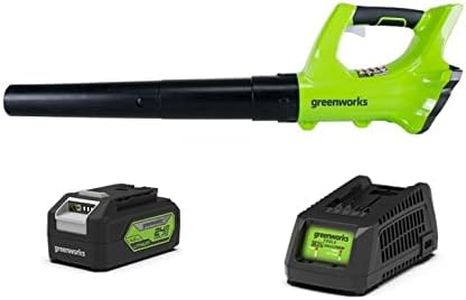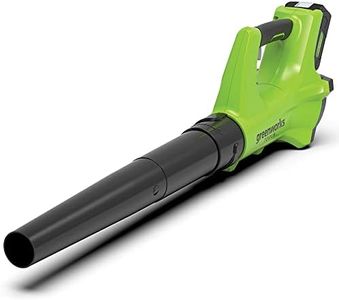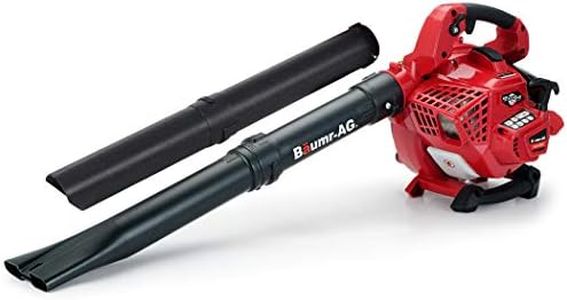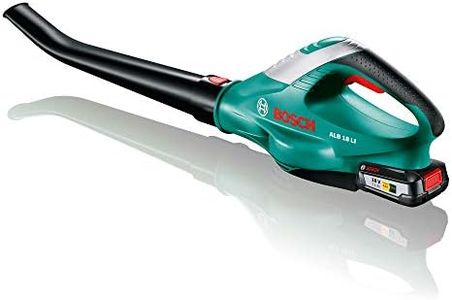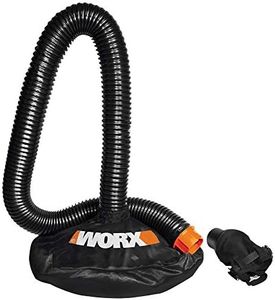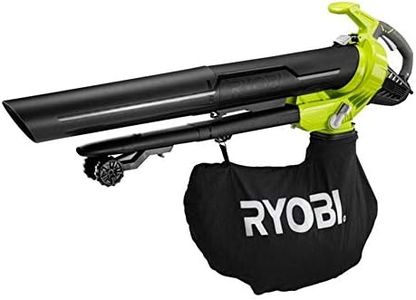We Use CookiesWe use cookies to enhance the security, performance,
functionality and for analytical and promotional activities. By continuing to browse this site you
are agreeing to our privacy policy
10 Best Garden Vacuum
From leading brands and best sellers available on the web.Buying Guide for the Best Garden Vacuum
Choosing the right garden vacuum can make a big difference in how efficiently you maintain your yard. The best tool for you will depend on the size of your garden, the type and amount of debris you regularly encounter, and how easy you want the clean-up process to be. By focusing on a few important features, you can make sure you get a garden vacuum that truly fits your needs and keeps your outdoor space looking neat all year round.Power SourceThe power source refers to whether the garden vacuum is powered by electricity (corded), battery (cordless), or petrol. This determines not only how powerful the vacuum can be but also how portable it is. Corded models tend to offer steady power but require an extension lead and limit your range. Cordless models are easy to move around but need to be recharged and may have limited run-time. Petrol models are usually the most powerful and suited for large spaces, but they are heavier, noisier, and need more maintenance. Think about the size of your garden and if you need to move around freely, as well as your willingness to manage fuel or battery life, to select the right type for you.
Vacuum Capacity/Collection Bag SizeThis spec tells you how much debris the vacuum can hold before you need to empty it. A bigger bag means less frequent emptying, which is especially helpful for larger gardens or during autumn when there are lots of leaves. Smaller bags make the tool lighter and easier to handle, which could be suitable for smaller gardens or for people who don’t want to carry heavy loads. Choose a bag size that matches the volume of leaves or debris you expect and how often you want to stop to empty it.
WeightWeight affects how comfortable a garden vacuum will be to use, especially if you need to carry it over a long area or use it for extended periods. Lightweight models are usually easier to handle, making them ideal for smaller jobs or for users who want less strain. Heavier models might come with more power or capacity but could lead to fatigue. Consider your physical comfort and how long you'll typically be working when deciding how much weight is manageable.
Mulching RatioThe mulching ratio describes how effectively the vacuum chops up collected debris, reducing its volume. For example, a 10:1 ratio means ten bags of leaves can be shredded into one bag of mulch. This is useful if you want to make compost or just reduce the number of trips to the compost heap. A higher mulching ratio means finer shredding and more efficient use of bag space. If you deal with lots of leaves or want to make your own mulch, a higher mulching ratio will be more helpful.
Vacuum and Blower ModesSome garden vacuums can also double as leaf blowers, allowing you to either suck up debris or blow it into piles before collecting. The ability to switch between modes adds flexibility and can speed up your clean-up jobs. Switching is usually easy, but some models require changing attachments. If you want both functions, make sure the tool offers quick and convenient mode changes, and think about which action (blowing or vacuuming) you’ll use more often.
Noise LevelGarden vacuums can be quite loud, especially petrol models. Noise level is measured in decibels (dB), and higher numbers mean more noise. Lower noise is better for your comfort and if you have close neighbors. If you’re sensitive to noise or want to avoid disturbing others, look for quieter models or check the dB rating; anything under 90 dB is usually moderate. Always consider your environment and how much noise you can tolerate.


